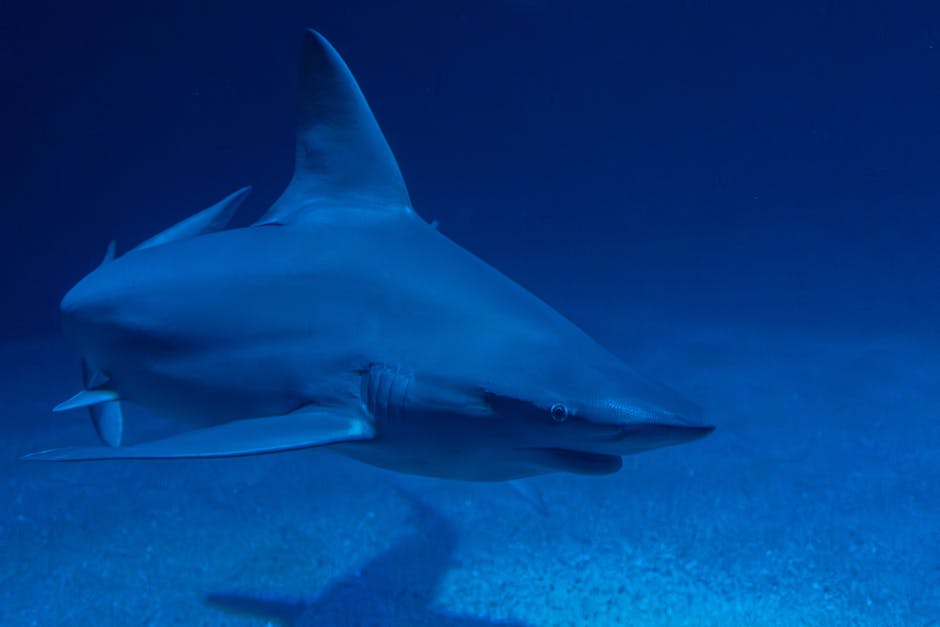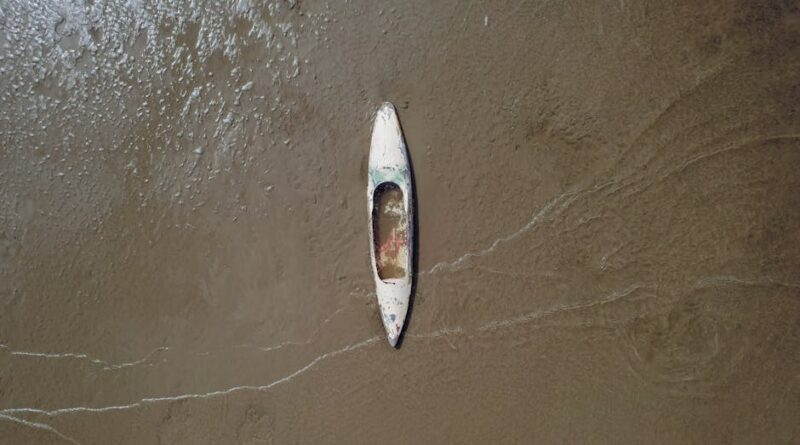Literatura Bajo el Mar: Aguas Profundas
Have you ever wondered what lies beneath the ocean’s surface? The deep sea is not only a mysterious realm but also an inspiring backdrop for literature. In “Literatura Bajo el Mar: Aguas Profundas,” we explore how authors use the ocean to tell powerful stories. This article dives into the theme of underwater literature, it’s significance, and why it captivates readers of all ages.
What Makes Underwater Literature So Captivating?

Underwater literature transports us to another world. It allows us to experience the beauty and mystery of the ocean. Writers use vivid imagery to paint scenes of marine life, deep-sea adventures, and mythical creatures. This genre invites readers to escape reality and explore the unknown.
One reason readers are drawn to this type of literature is the thrill of adventure. Imagine swimming alongside a dolphin or discovering a sunken treasure. These experiences spark our imagination and make us feel alive. Moreover, underwater stories often address deeper themes like isolation, survival, and the human condition.
How Does the Ocean Influence Storytelling?

The ocean serves as a powerful symbol in literature. It represents vastness, mystery, and the unknown. Just as sailors face storms at sea, characters in these stories confront challenges and personal growth.
Writers often use the ocean to reflect emotions. For example, calm waters can symbolize peace, while stormy seas may represent turmoil. This contrast helps readers connect with the characters’ feelings.
What Are Some Notable Works in Underwater Literature?

Many authors have explored the depths of the ocean in their works. Here are a few notable examples:
- 20,000 Leagues Under the Sea by Jules Verne: This classic tells the tale of Captain Nemo and his submarine, the Nautilus. It explores themes of freedom and revenge.
- The Old Man and the Sea by Ernest Hemingway: A poignant story about an old fishermans struggle with a giant marlin. It showcases determination and the relationship between man and nature.
- The Life of Pi by Yann Martel: This modern tale follows a boy stranded on a lifeboat with a Bengal tiger. It delves into faith, survival, and the will to live.
- The Deep by Nick Cutter: A gripping horror story set in an underwater research facility. It explores fear, isolation, and the unknown depths of the sea.
These works not only entertain but also provoke thought and discussion. They highlight the complex relationship between humans and the ocean.
How Do Authors Create Atmosphere Under the Sea?

Creating the right atmosphere in underwater literature is essential. Authors use descriptive language to bring the ocean to life. Here are some techniques they often employ:
- Imagery: Vivid descriptions of colors, sounds, and movements draw readers in. For instance, describing the shimmer of sunlight on the water enhances the visualization.
- Metaphors and Similes: Comparing the ocean to a vast, uncharted territory adds depth to the narrative. For example, “the waves crashed like a thousand drums” evokes a powerful image.
- Character Development: Characters often have unique relationships with the ocean. Their interactions with the sea can reveal their personalities and growth.
By combining these techniques, authors create a rich, immersive experience for readers.
What Themes Are Common in Underwater Literature?
Underwater stories often explore a variety of themes. Some of the most common include:
- Isolation: Characters may feel alone in the vastness of the ocean, mirroring their internal struggles.
- Survival: Many tales focus on the fight for survival against nature’s challenges.
- Discovery: Characters often embark on journeys that lead to self-discovery or the exploration of new worlds.
- Environmental Awareness: Recent literature addresses the impact of human actions on the ocean, raising awareness about conservation.
These themes resonate with readers, encouraging them to reflect on their own lives and the world around them.
Why Is Environmental Awareness Important in Underwater Literature?
As we read stories set in the ocean, we must also consider our responsibility to protect it. Many authors use their platform to raise awareness about marine conservation. They emphasize the importance of preserving ecosystems and protecting endangered species.
For example, The Ocean at the End of the Lane by Neil Gaiman weaves environmental messages into a fantastical narrative. This approach makes complex issues more relatable and understandable for readers. It reminds us that literature can inspire change.
How Can Readers Engage More with Underwater Literature?
If you’re eager to dive deeper into underwater literature, here are some suggestions:
- Start with Classic Works: Explore timeless stories like those by Jules Verne or Hemingway.
- Join a Book Club: Discussing these books with others can enhance your understanding and enjoyment.
- Explore Non-Fiction: Learn about marine biology and ocean conservation through engaging non-fiction books.
- Write Your Own Stories: Let your imagination swim free! Create your own underwater adventures.
Engaging with literature in this way not only enriches your reading experience but also connects you to a greater purpose.
What Are Some Common Misconceptions About Underwater Literature?
Many people might think underwater literature is only for children or purely for entertainment. However, this genre appeals to all ages and often tackles profound issues.
Moreover, some may assume that these stories only focus on adventure. In reality, they explore complex themes and emotions. They reflect human experiences, much like any other genre.
Conclusion: Dive Into the World of Underwater Literature
Underwater literature offers a unique lens through which we can explore our world and ourselves. It invites us to consider the beauty and challenges of the ocean while reflecting on our place within it. As you venture into these stories, remember their power to inspire and inform.
So, grab a book and let the waves take you on an unforgettable journey. If you’re interested in learning more about the ocean’s mysteries, check out the National Oceanic and Atmospheric Administration (NOAA) for fascinating insights.
Happy reading, and may your adventures beneath the sea be as deep as the ocean itself!



